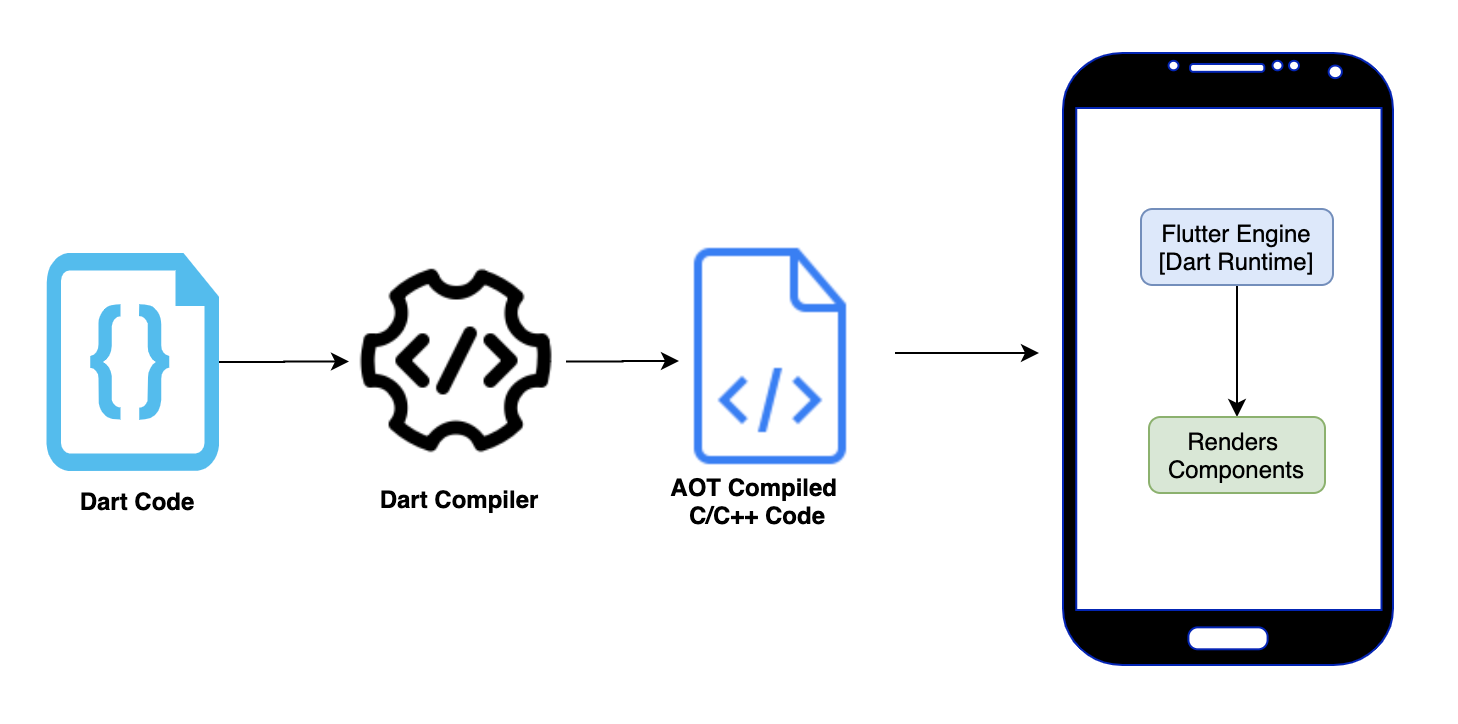November 2022, 14 million Taylor Swift fans logged into Ticketmaster at the exact same time. The goal? Grab one of 2 million tickets for the Eras Tour.
[Read More]
Hash Collisions: The Hidden Performance Killer in Your Code
Why your O(1) lookup just became O(n), and what you can do about it
December 28th, 2011. Web servers across the internet started crashing. PHP, Java, Python, Ruby applications all fell like dominos. The culprit? A few carefully crafted HTTP POST requests with specific parameter names.
[Read More]
Why JWT Replaced Sessions: Building Auth That Scales
How stateless tokens solved the scaling problem that broke every session-based system
Your app just hit production. 10,000 users are logged in. Your server stores session data for each one in memory. Traffic doubles. Then triples. The server runs out of memory. Users get logged out randomly. You add more servers, but now sessions don’t sync across them.
[Read More]
How Kafka Works: The Engine Behind Real-Time Data Pipelines
Inside LinkedIn's log that changed how we think about messaging systems
Your company just launched a new feature. Within seconds, millions of events start flooding in: user clicks, purchases, page views, API calls. Traditional databases are choking. Message queues are dropping data. Your monitoring dashboard shows error rates climbing.
[Read More]
Kubernetes Architecture: The Operating System for the Cloud
How Google's container orchestrator became the backbone of modern software deployment
Six months ago, you had one web app on one server. Today, you have 50 microservices that need to scale independently, find each other, and handle failures gracefully. Your deployment process went from “upload via FTP” to “run this 200 line script and pray.”
[Read More]
How Meta Achieves 99.99999999% Cache Consistency
Inside the architecture that keeps 3 billion users in sync
When you like a friend’s photo on Facebook, that like appears instantly across all their devices, to all their friends, and in all the places that photo appears on the platform. Behind this simple action lies one of the most sophisticated distributed cache consistency systems ever built.
[Read More]















































